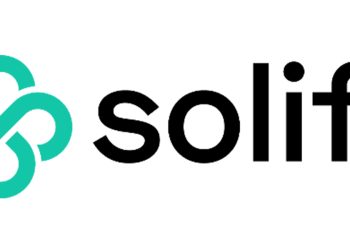Many respondents experience frequent problems and blame human error
Wokingham, United Kingdom — 6 August 2020 — A survey conducted among global healthcare companies by PRISYM ID, a leading provider of data-led label and artwork management solutions, shows that a fifth of the experience quality control issues with clinical labeling on a monthly basis.
The survey, which included companies ranging from pharma to medical device manufacturers, found that six percent had quality control issues with labeling as often as once a week and 18 percent once a quarter. Twenty percent experienced these problems annually and the rest were not sure.
The majority (69 percent) blamed human error for mistakes in label printing; while 29 percent cited printer failures, such as a mechanical issue. Eighteen percent put problems down to incorrect data in the labeling system and a further 12 percent cited incorrect data from a third party or ERP system.
The most common methods of capturing errors were human inspection of every printed label (57 percent), followed by the use of an inspection system, such as an electronic vision system, and regular printer maintenance and cleaning, which were each cited by 47 percent of respondents.
With regard to plans for an electronic vision inspection system, nearly a third (31 percent) had this type of system and 12 percent planned to buy one. However, 33 percent did not intend to invest in this technology and the remainder were unsure about their company’s plans.
When asked about the most important benefit of a vision inspection system, the majority of respondents (63 percent) cited detecting and reducing errors. This was followed by compliance and then speed and efficiency.
Warren Stacey, SVP of Sales at PRISYM ID, said: “Our survey shows that many respondents struggle to ensure quality control during the product labeling process, with a fifth of them experiencing problems once a month and a small proportion suffering issues even more frequently.
“Human error is cited as the major culprit and that is very worrying as many respondents rely on manual inspection processes. Given the legal and reputational implications of errors or omissions occurring on product labels, we believe automated inspection is essential.
“An automated vision system will continuously inspect labels for problems ranging from incorrect barcodes that cannot be read by the human eye, to poorly defined characters, or text that has been printed in the wrong place. This enables companies to manage risk in label production and ensure regulatory compliance.”
For more information:
Andrew Baud, Distil,
+44 (0) 7775 715775





